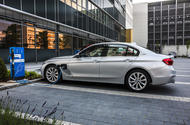Autocar’s guide to the complicated world of benefit-in-kind tax, giving advice on what you will pay and why
If there’s a third certainty in life, it’s surely that all matters relating to taxation will be horribly complicated. Company car tax is no exception, and when changes are made to the system on a seemingly annual basis, things can become confusing, to say the least.
Put simply, a car made available to you by your employer that you use for work but can also use personally outside of working hours, including commuting to and from work, is considered to be a benefit second only to the salary you are paid.
HMRC calls it a ‘benefit in kind’ (BIK), a term it applies to any perk or incentive other than your basic salary that’s taxable. Most of us know this tax as company car tax.
How is company car tax calculated?
Many factors contribute to your company car tax bill, but the first is the vehicle’s value, commonly known as its P11D value, after the form your employer gives you detailing your various company benefits.
The P11D value is the car’s list price, including options fitted to it, plus VAT and delivery charges but not its first registration fee and road tax. Remember, it’s the vehicle’s list price, not its discounted price, that’s considered. Also, there’s no point trying to save money by taking a used company car rather than a new one, because the same calculation applies.
The car’s P11D value is then multiplied by its BiK rate, which produces a ‘taxable value’ for the benefit, and the income tax bracket you fall into (20%, 40% or 45%, unless you live in Scotland where the rates are different). BIK rates are based on your company car’s official CO2 emissions, the type of fuel that powers it and, if it’s a hybrid, its electric-only range.
CO2 is the primary factor here, because the government wants to incentivise us all to drive cleaner cars. The lower the car’s CO2 emissions, the less tax you pay.
Calculating BIK rates and tax charges
To find your car’s BIK rate, you must first know its CO2 emissions figure – perhaps by speaking with your fleet manager or car supplier. This will fall within one of the bands in the following table, giving you a BIK rate as a percentage.
BIK rates are usually adjusted every April, at the end of the financial year. However, they are currently frozen at 2022/23 levels until the end of the 2024/25 financial year. HMRC has yet to announce rates from April 2025 onwards, despite repeated calls from the fleet industry to do so.
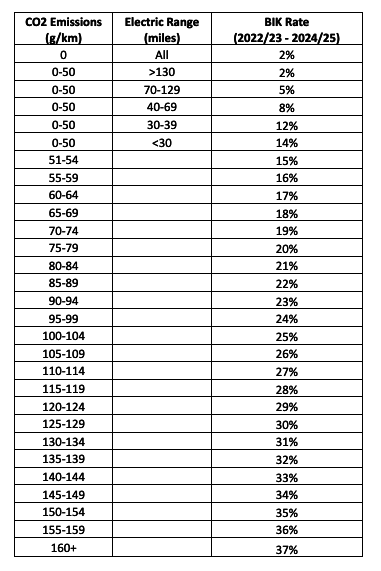
Taking your car’s P11D value, multiplying it by its BIK rate and multiplying the resulting figure by your income tax band – for example, £20,000 x 25% x 20% – will give you your annual BIK tax charge, which in this case is £1000.
Calculating the BIK rate on diesel cars
From being the darling of the environmental lobby, diesel cars are now largely frowned upon, with the result that emissions tests have become tougher for them. The latest – mandatory on all new diesels sold from January 2021 – is called Real Driving Emissions Step 2 (RDE2).
Diesels registered before this date that aren’t RDE2-compliant (some gained RDE2 compliance early, so check with your supplier) attract a 4% surcharge on their published BIK rate, up to 37%. Remember that if you’re considering a used diesel as your company car. To be clear, all new diesels are RDE2-compliant, meaning the 4% surcharge does not apply.
Diesel-electric hybrids are classed as alternatively fuelled vehicles so avoid a surcharge whether they’re RDE2-compliant or not.
Calculating the BIK rate on electric cars
Zero CO2 emissions ensures that electric cars enjoy the lowest BIK rate. In 2020/21, it was actually 0%; but in 2021/22, it rose to 1%; and from 2022/23, it will be 2% until the end of the 2024/25 tax year. Either way, EV drivers pay much less company car tax than others.
Calculating the BIK rate on hybrid and plug-in hybrid cars
Owing to their low CO2 emissions, hybrid and plug-in hybrid (PHEV) cars enjoy the next lowest BIK rates. However, since their emissions are linked to them being able to travel on battery power alone, their BIK rates are calculated using a combination of CO2 emissions and official electric-only range.
There are five BIK rate bands for hybrids. Cars with an electric-only range greater than 130 miles attract a rate of 2% in the 2022/23 tax year (although no such hybrid yet exists). At the other extreme, those with an electric range of fewer than 30 miles (a lot of them) fall into the 14% band.
Examples
Vauxhall Corsa 1.2T 100 Ultimate (new)
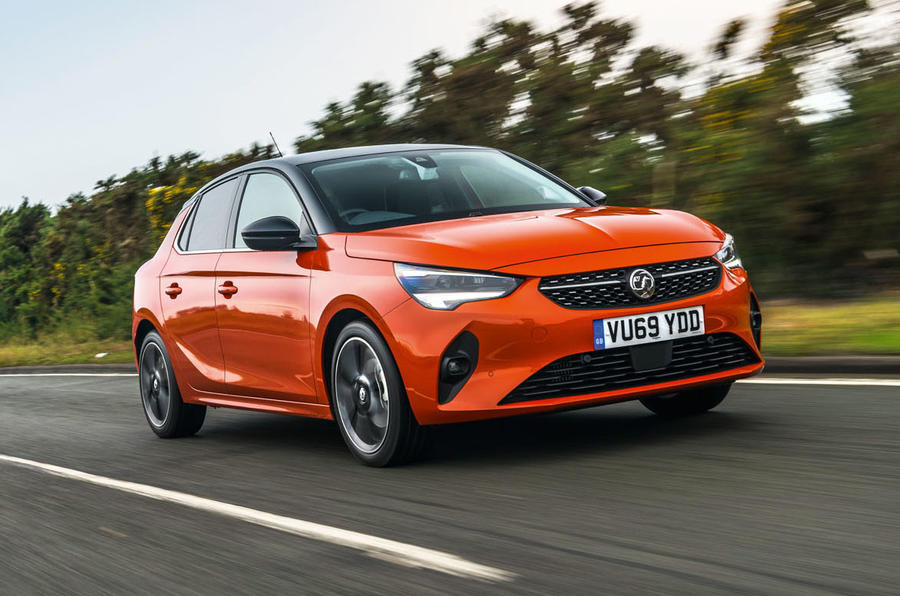
The Corsa is a big hit with company car drivers seeking sharp looks, good performance and a low tax bill.P11D price: £23,130CO2 emissions: 117g/km 2022/23 BIK rate: 28%Taxable value (2022/23): £6476Basic-rate taxpayer (20%): £1295 annual BIK chargeHigher-rate taxpayer (40%): £2591 annual BIK charge
Volkswagen Golf GTI 2.0 TSI 245 (new)
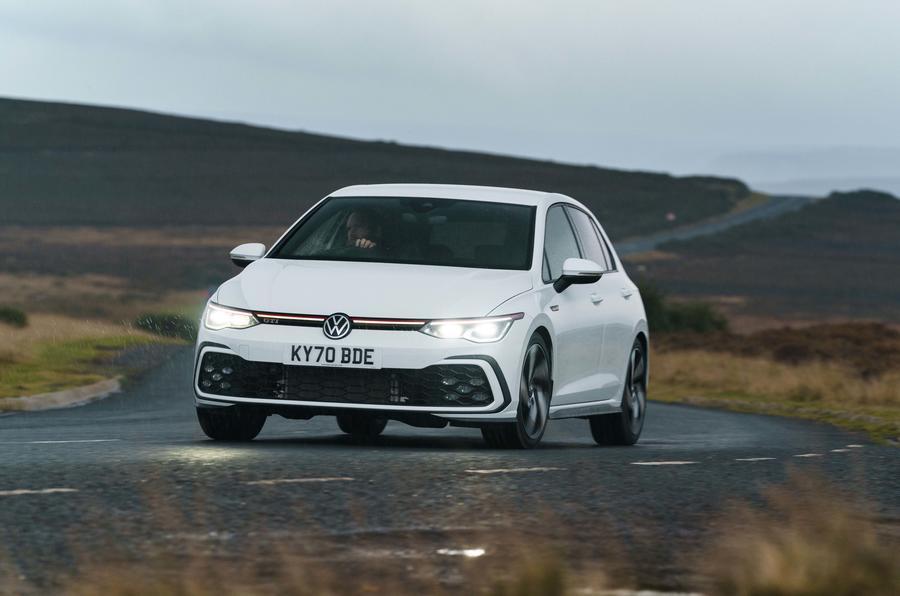
Company car tax might seem a burden, but you would struggle to put this hot hatch on your driveway for around £2500 per year.P11D price: £35,545CO2 emissions: 168g/km 2022/23 BIK rate: 37%Taxable value (2022/23): £13,152Basic-rate taxpayer (20%): £2630 annual BIK chargeHigher-rate taxpayer (40%): £5261 annual BIK charge
BMW 120d M Sport (new)

This sporty BMW shows that choosing diesel over something like the more expensive Golf GTI still offers tax advantages.P11D price: £34,805CO2 emissions: 133g/km2022/23 BIK rate: 31%Taxable value (2022/23): £10,790Basic-rate taxpayer (20%): £2158 annual BIK chargeHigher-rate taxpayer (40%): £4316 annual BIK charge
Volkswagen ID 3 Pro Performance Business (new)
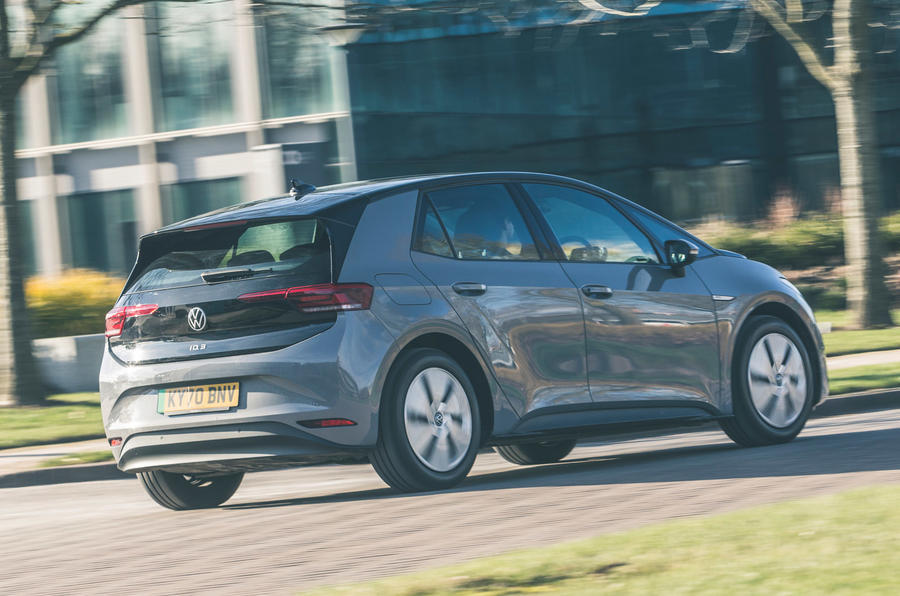
Even with the 204hp Performance option, Volkswagen’s new electric family hatchback shows how running an EV brings your tax bill right down.P11D price: £35,780CO2 emissions: 0g/km 2022/23 BIK rate: 2%Taxable value (2022/23): £716Basic-rate taxpayer (20%): £143 annual BIK chargeHigher-rate taxpayer (40%): £286 annual BIK charge
Toyota Prius Plug-in Hybrid Business Edition Plus (new)
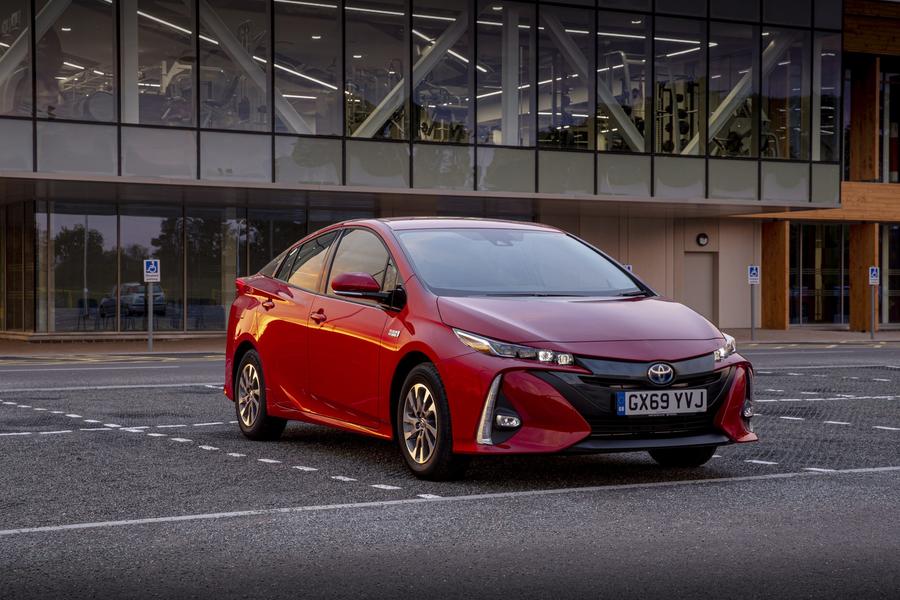
A combination of low emissions and a 35-mile electric-only range ensures this plug-in hybrid attracts a tax-reducing BIK rate.P11D price: £32,590CO2 emissions: 28g/km2022/23 BIK rate: 12%Taxable value (2022/23): £3989Basic-rate taxpayer (20%): £798 annual BIK chargeHigher-rate taxpayer (40%): £1596 annual BIK charge
Skoda Octavia iV 1.4 TSI SE Technology
This plug-in hybrid hatchback shows just how low these cars can go, thanks to its electric-only range of 43 miles and low CO2 emissions.P11D price: £32,795CO2 emissions: 21g/km2022/23 BIK rate: 8%Taxable value (2022/23): £2624Basic-rate taxpayer (20%): £524 annual BIK chargeHigher-rate taxpayer (40%): £1050 annual BIK charge
READ MORE
Car tax: everything you need to know about vehicle excise duty
UK government considers road pricing to cover EV tax shortfall
Source: Autocar
